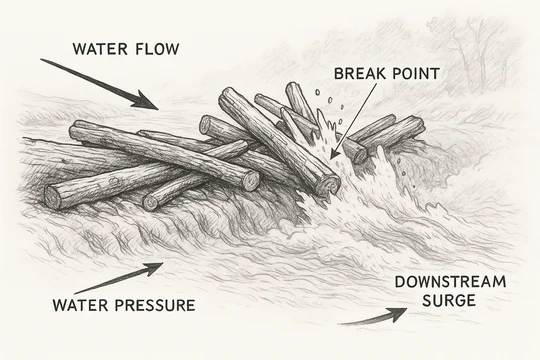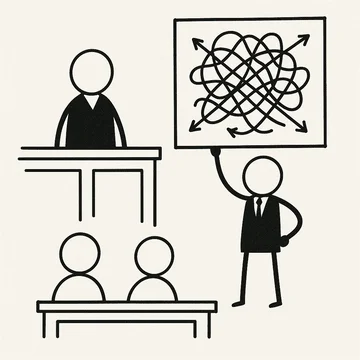
Having a legitimate claim construction dispute that would lead to subject matter eligibility is a great way to survive a § 101 motion. Ideally, obviously, that argument should be set forth in an answering brief. But an opinion yesterday describes how a patentee was able to avoid a negative result on its § 101 motion through claim construction arguments offered at oral argument:
[Plaintiff] Trident suggested for the first time at oral argument that the “optimization engine” and “adaptive scoring” limitations required construction before the Court decides eligibility. . . . That claim construction wasn’t expressly raised until the oral argument suggests that [Trident] may not have actually thought there was a claim construction issue that had to be addressed before resolving the § 101 motion.
Trident Holdings, Inc. v. Hubspot, Inc., C.A. No. 21-401 (D. Del. Mar. 18, 2022) (second alteration in original).
The patentee avoided waiver because it's brief at least discussed claim scope generally as a factual issue precluding a motion to dismiss:
That said, although Trident did not frame this as an issue of claim construction in its brief, Trident did argue that an understanding of the scope of the claims is a factual issue that should be resolved first. I’m not sure that the off-the-cuff proposed constructions that Trident provided at the hearing . . . accurately capture the claims—or incorporate concrete rules that might make the claims patent eligible—but, as Trident points out, the specification discloses potentially concrete or unconventional methods of adaptive scoring.
The Court did not want to construe the claims at the motion to dismiss stage (judges rarely do), and ultimately denied the motion:
Trident correctly points out that on this posture—a motion to dismiss under Rule 12—I must draw all inferences in Trident’s favor. And, unless the Court construes the claims, the Court must also draw inferences related to claim construction in Trident’s favor. . . . I’m not prepared to construe the claims at this stage of the case and on this record. The record is insufficient here to [adopt even] a preliminary claim construction that would decide this issue, and I draw the reasonable inference that the “optimization engine” and “adaptive scoring” limitations might capture a specific genus of algorithms or types of rules.
The Court then explained why a hypothetical construction of those terms could lead to eligibility, and denied the motion.
Good Claim Construction Arguments Often Defeat § 101 Motions to Dismiss
Claim construction is generally something that patentees have in their favor going into § 101 motions. If there is any plausible construction that could lead to eligibility, it's a good idea to hammer that point home in the briefing (or, as here, at least present it at oral argument).
I get the feeling that plaintiffs are sometimes hesitant to make this argument for fear of tying down their claims too early in the case. But it doesn't have to be offered as an affirmative claim construction—as shown in this case, all that is needed is at least one plausible construction that the court could reach that would defeat eligibility.
Of course, it is then incumbent on the plaintiff to follow up and keep eligibility in mind at the actual claim construction stage, or they may have problems when the case reaches summary judgment.
If you enjoyed this post, consider subscribing to receive free e-mail updates about new posts.






